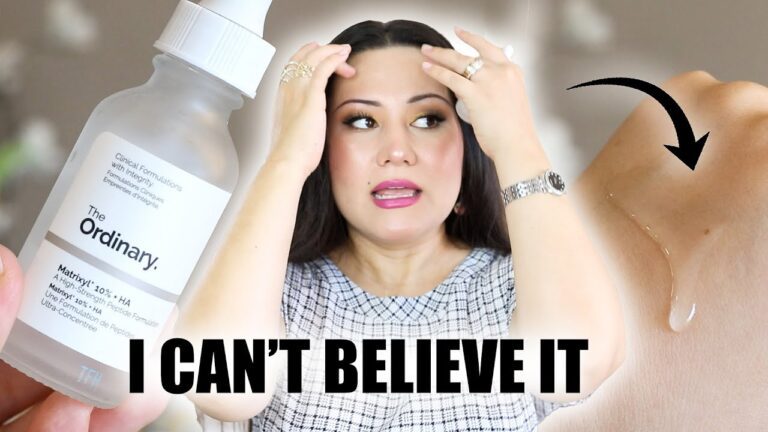Mastering the Art of Applying Retinol: Your Ultimate Guide
Retinol is a powerful ingredient that has become increasingly popular in the world of skincare. It is a derivative of Vitamin A and is known for its ability to improve skin texture and tone, reduce the appearance of fine lines, and even aid in the treatment of acne. If you’re new to retinol, it can feel overwhelming at first, but with the right technique and products, incorporating it into your skincare routine can be a game-changer. In this article, we’ll go over some of the best ways to apply retinol for maximum effectiveness and minimal irritation.
1. Start Slowly
Retinol can be a potent ingredient, so it’s crucial to ease into using it. Start by using it just once or twice a week and gradually increase to nightly use. This will allow your skin to adjust to the ingredient and reduce the likelihood of redness, flaking, or peeling.
2. Apply at Night
Retinol can increase the skin’s sensitivity to the sun and can also break down when exposed to sunlight, making it less effective. For this reason, it’s wise to apply retinol products at night, followed by a moisturizer with SPF in the morning.
3. Use the Right Formula
Retinol comes in many different forms, including creams, serums, and oils. It’s essential to choose a formula that works best for your skin type and concerns. Some formulas are more lightweight and suitable for oily or acne-prone skin, while others are richer and more hydrating for dry or mature skin.
4. Be Consistent
Retinol requires consistent use to see results. Incorporating it into your skincare routine every night or every other night can lead to visible improvements in texture, tone, and fine lines over time.
5. Know What to Expect
When first starting with retinol, some mild irritation may occur, such as redness, flaking, or dryness. This is normal and should subside as your skin adjusts to the ingredient. If irritation persists, try reducing the frequency of use or switching to a gentler formula.
6. Pair with Hydrating Ingredients
Retinol can be drying, so it’s important to keep your skin hydrated. Look for moisturizers with ingredients like hyaluronic acid, glycerin, and ceramides to help hydrate and soothe the skin.
7. Don’t Combine with Certain Ingredients
While retinol can be highly effective, it’s not recommended to use it in conjunction with certain other active ingredients like benzoyl peroxide or alpha and beta hydroxy acids. These types of ingredients can increase irritation and sensitivity, so it’s best to use them separately.
8. Use a Sunscreen
As mentioned earlier, retinol can increase the skin’s sensitivity to the sun, which can lead to more significant damage and premature aging. Always apply a broad-spectrum sunscreen with at least SPF 30 during the day to protect your skin.
In conclusion, retinol can be a game-changer for achieving smoother, more youthful-looking skin, but it’s essential to incorporate it into your routine with care. Starting slowly and using the right formula for your skin type are keys to success. With regular use, you can enjoy all the benefits that retinol has to offer!
Contents
Most searched products:
Does Sephora Support Israel? Answering Your Questions
The Ultimate Guide to Azealic Acid: Benefits, Uses, and Side Effects
How Long Does Glycolic Acid Take to Show Results: Your Ultimate Guide
Discover the Benefits of The Ordinary Botox for Your Skin
The Ultimate Reviews of The Ordinary Peeling Solution
The Ultimate Guide to The Ordinary Colours Foundation: Reviews, Swatches, and Tips
The Perfect Order: When to Use Retinol and Niacinamide in Your Skincare Routine
Unlock Smooth and Supple Skin: Discover the Best Skincare Products for Skin Suppleness
Say Goodbye to B.O with Glycolic Acid Deodorant: The Secret to Long-Lasting Freshness
Exploring the Wonders of The Ordinary Oxford Street: A Complete Guide













